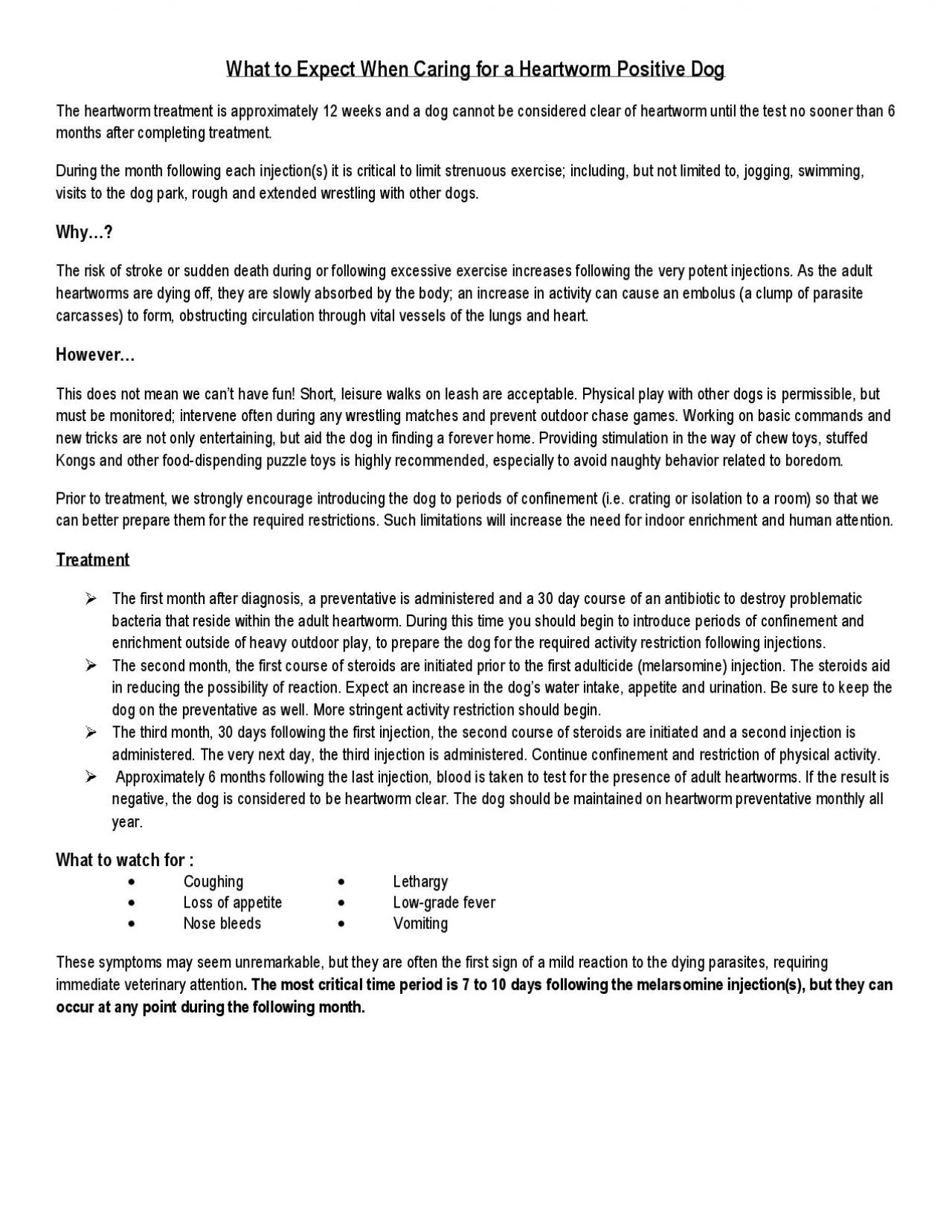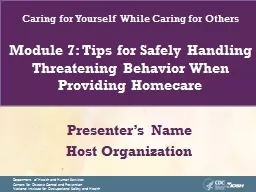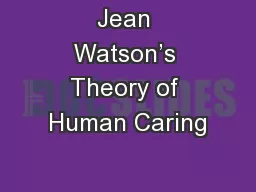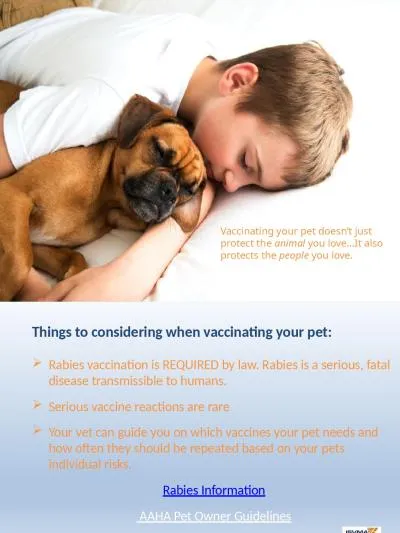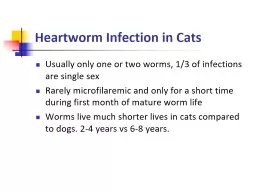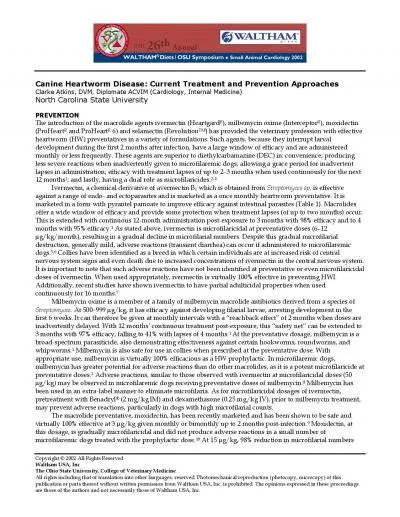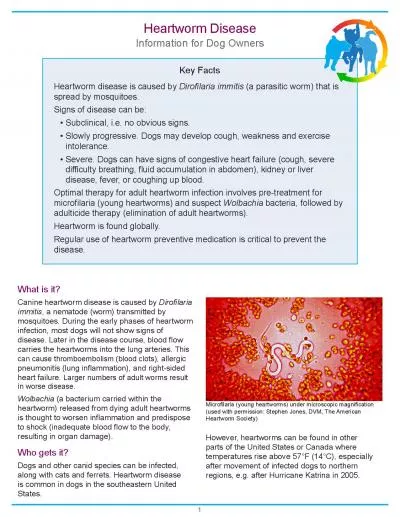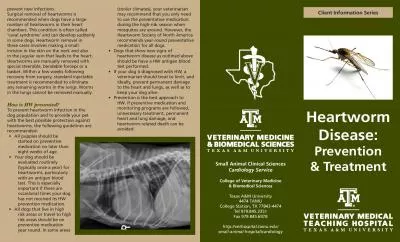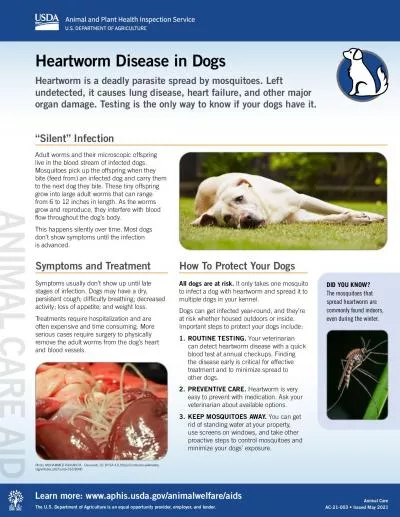PDF-What to Expect When Caring for a Heartworm Positive Dog
Author : linda | Published Date : 2022-09-06
The heartworm treatment is approximate ly 12 w eeks and a dog cannot be considered clear of heartworm until the test no sooner than 6 months after completing treatment During
Presentation Embed Code
Download Presentation
Download Presentation The PPT/PDF document "What to Expect When Caring for a Heartwo..." is the property of its rightful owner. Permission is granted to download and print the materials on this website for personal, non-commercial use only, and to display it on your personal computer provided you do not modify the materials and that you retain all copyright notices contained in the materials. By downloading content from our website, you accept the terms of this agreement.
What to Expect When Caring for a Heartworm Positive Dog: Transcript
Download Rules Of Document
"What to Expect When Caring for a Heartworm Positive Dog"The content belongs to its owner. You may download and print it for personal use, without modification, and keep all copyright notices. By downloading, you agree to these terms.
Related Documents

